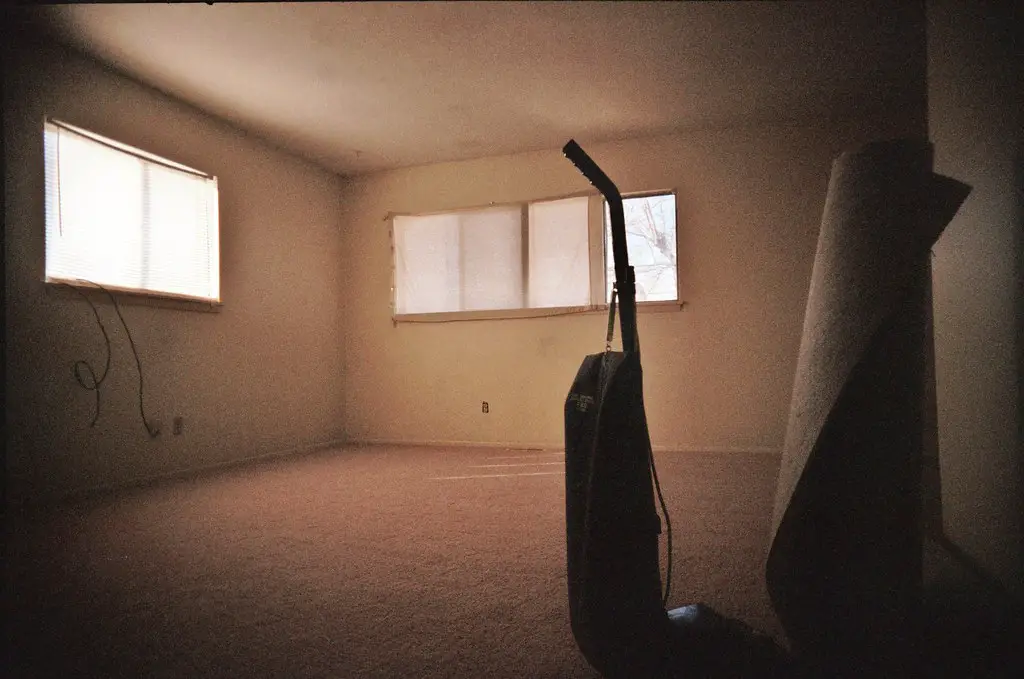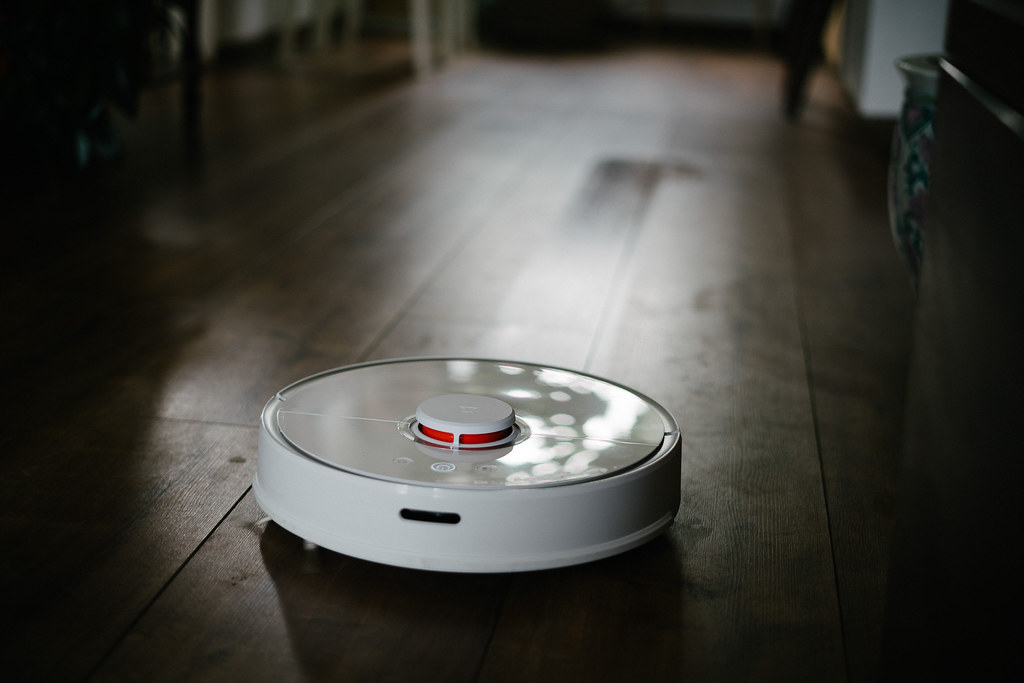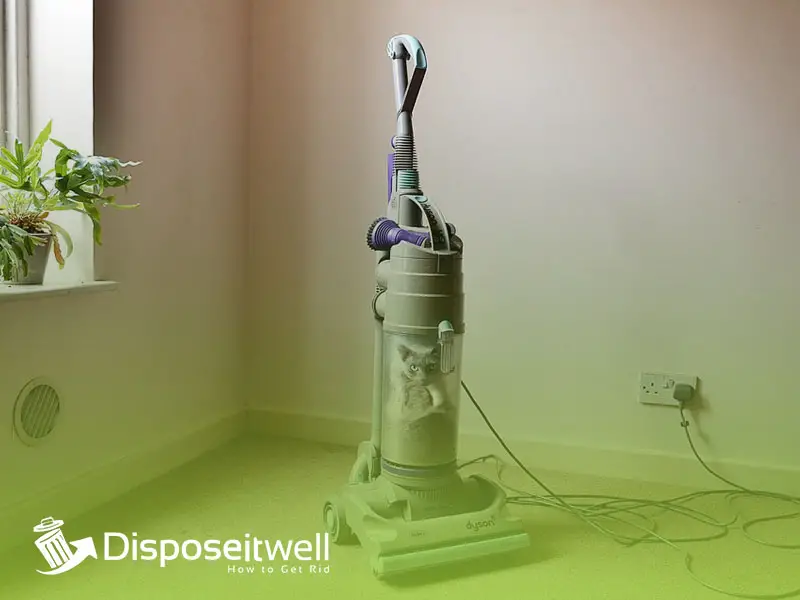Have you ever found yourself wondering what to do with your old vacuum cleaner? You’re not alone!
In fact, a recent study found that only 28% of households knew how to properly dispose of their electronic waste. Another study done by ResearchGate on 380 families of Caruaru, a Brazilian municipality by concludes that 36% people store e-waste at home.
That’s a pretty startling statistic, especially considering the fact that improperly disposed of electronic waste can release harmful toxins into the environment.
We all must do our part to properly dispose of our electronic waste, including vacuum cleaners. Here are some tips and ways to do so without creating too much hassle.
Are Vacuum Cleaners E-Waste?
Well, the answer is yes – vacuum cleaners fall under the category of electronic waste, or e-waste.
Basically, e-waste refers to any electronic device or component that is no longer functioning or has been thrown away. This can include a whole bunch of things, like computers, printers, cell phones, TVs, Treadmill and, of course, vacuum cleaners.
Vacuum cleaners are considered e-waste because they’re made up of a bunch of different components, including electrical parts, motors, and plastics. And sometimes these components can contain hazardous materials like lead and mercury, which is definitely not great for the environment.
How To Dispose Of A Vacuum Cleaner?

Disposing of a vacuum cleaner can be an important task to carry out in order to ensure the safety of your surroundings and prevent any potential hazards. Whether this electronic gadget is still working or has broken down, there are several steps to take in order to properly get rid of it.
If it’s still working
1. Donate it – Consider donating the vacuum cleaner to a local charity or organization in need. Charities, such as Goodwill or the Salvation Army, accept donations of working vacuum cleaners and resell them to help fund their operations.
2. Sell it – If you don’t want to donate the vacuum cleaner, you can always try to sell it. You can list it on a local classifieds website for example Craigslist or eBay, or you can advertise it in your local newspaper or on a community bulletin board.
3. Trade It –Trade this item for another electronic gadget or other units you need. There are many websites that specialize in item trading, like Swap.com or Freecycle.
3. Recycle the Vacuum Cleaner – If it’s still in working condition, you can take this product to your local recycling center. Many cities have special electronic recycling centers that accept old appliances, vacuum cleaners included.
4. Check with local retailers – Many hardware stores, vacuum retailers, and thrift stores accept working vacuum cleaners as donations. Other retailers may offer discounts on new vacuums in exchange for older models.
If it’s broken
1. Unplug the device – Before you do anything else, unplug the vacuum cleaner from any power sources. This is an important safety step that should never be overlooked.
2. Remove Canister and Filters – If your vacuum cleaner has a canister, remove it and empty the contents. Dispose of the contents in an appropriate manner and rinse the canister with water. Remove any filters and dispose of those as well.
3. Disassemble it – Depending on the model, you may need to disassemble the vacuum cleaner to properly dispose of it. This may require the use of tools. If you are not comfortable doing this task, contact a professional to help.
4. Recycle this unit – Once the vacuum cleaner has been taken apart, you can transport the individual components to a recycling center that accepts electronics and appliances. Many such centers graciously accept these units to be recycled.
5. Dispose of it – If the recycling center doesn’t accept this electronic gadget, you may need to dispose of it in a landfill. Make sure to wrap the vacuum cleaner in plastic before getting rid of it. This will help prevent dangerous materials from leaking out into the environment.
However, the best way is to take it to a hazardous waste collection center.
Why Should We Recycle A Vacuum Cleaner?
Recycling a vacuum cleaner is an important way to reduce waste and conserve resources. It helps in preserving the environment, reduces landfill waste, and conserves energy and natural resources. Here are a few of the advantages of recycling this item:
1. Reduce E-Waste
Approximately 50 million tonnes of electronic and electrical waste are generated worldwide each year, according to the United Nations Environment Programme. This e-waste is a major environmental hazard.
It is possible to reuse parts of a vacuum cleaner, such as motors, wires, and other parts, which allows us to reduce e-waste and avoid landfills.
2. Save Money
Every year, e-waste has a total value that could be compared to the GDP of a country. The United Nations Environment Programme (UNEP) estimates this figure to be shockingly high at $62.5 billion. If we start recycling old or broken electronic products, by repairing them, we can save this money.
Additionally, recycling a vacuum cleaner can save money when compared to purchasing a new one. This is because the parts of a vacuum cleaner can be reused and recycled, which eliminates the need to buy new items.
3. Create Jobs
Repurposing a vacuum cleaner helps breathe new life into the local economy. It sparks job opportunities for those looking for work, transforming a used item into a way to support the community. By collecting and processing the material, recyclers are making sure these resources are not wasted, but rather used to create a brighter future for everyone.
4. Promote Sustainable Living
Repurposing a vacuum cleaner can help to promote sustainable living, as it encourages people to use resources responsibly and reduce their reliance on new items. This helps to preserve our planet and promote a healthier environment.
Which Part of Your Vacuum Cleaner Is Recyclable?

A vacuum cleaner is made up of a variety of parts and components that can be recycled in order to reduce environmental waste. The following is a list of the parts of a vacuum cleaner that are recyclable.
1. Motor – The motor is the main component of the vacuum cleaner, and often contains valuable metals that can be salvaged and reused.
2. Hose – The flexible hose connecting the cleaner head to the main body can be recycled and used in a variety of products.
3. Filter – The air filter is an important part of the machine and can be recycled to help conserve natural resources.
4. Plastic Parts – Many of the plastic parts, for example the casing and wheels, are recyclable.
5. Battery – Many modern vacuum cleaners are cordless and use rechargeable batteries, which can be recycled.
6. Brushes – The brushes and bristles used on the cleaner head can be recycled and used in a variety of applications.
How To Recycle A Vacuum Cleaner?
Recycling a vacuum cleaner is a great way to reduce environmental waste and ensure that the components are properly disposed of and reused. Both working and broken vacuum cleaners can be recycled, and there are a few different ways to go about doing so.
If it’s still working
1. Start by researching local recycling centers or drop-off points in your area. Many cities have designated recycling centers that accept vacuum cleaners and other large household appliances.
2. Gather the necessary materials for preparation. This includes collecting the vacuum cleaner, its detachable parts, and any accessories that came with it.
3. Disassemble this unit. This may require using tools such as screwdrivers and pliers to remove screws and other parts. Make sure to save all the parts and pieces in case they are needed for future repairs.
4. Wipe down the vacuum cleaner with a damp cloth to remove any dust or dirt.
5. Place it and its parts into a box or bag for easy transportation to the recycling center.
6. Take the vacuum cleaner and its parts to the local recycling center or drop-off point.
7. Follow any instructions that the recycler has for properly disposing of the vacuum cleaner.
8. Take advantage of any discounts or incentives that the reprocessing facility may offer for recycling old appliances.
If it’s broken
1. Start by disassembling the vacuum cleaner. Separate the main components such as the dust bin, motor, hose, brushes, and other accessories. If it’s a bagless model, carefully empty any dirt and debris from the dustbin.
2. Remove any reusable parts from the hoover. This includes things like the motor, hose, and other parts that may still be in good condition.
3. Sort the remaining parts into piles of plastic, metal, and other materials. It will help make it easier to recycle this product.
4. Take the plastic components to a plastic recycler. They will be able to accept them and process them for reuse.
5. Bring your metal parts to a metal recycler. They specialize in utilizing and repurposing these materials so they can have a second life.
6. Take the other components, such as the dust bin and brushes, to a hazardous waste processor. They will be able to accept them and process them for reuse or safe disposal.
7. Check with your local waste management facility to see if they have a recycling program that accepts vacuum cleaners. If so, you can drop off your vacuum cleaner there.
8. If none of the above options are available, you can always take your vacuum cleaner to a private electronics recycler or retailer shop. They will be able to properly process the hoover and recycle any of the materials that can be reused.
FAQs
What can you do with an old vacuum cleaner?
An old vacuum cleaner can be repurposed in many different ways. Some popular uses include using the motor and hose to create a dust extraction system for a workshop, using the motor to create a blower for cleaning off surfaces or even using the hose and tools to create a mini shop vac for small jobs.
You can also take apart the vacuum and use the parts for other projects, such as making a robot, an air pump, or other creative projects.
Can I put cleaner items in the trash bin?
Yes, you can put cleaner items in the trash bin as long as they are non-toxic, non-hazardous, and in a sealed container. This includes units such as soap, shampoo, detergent, and cleaning supplies.
However, any hazardous items such as bleach or other chemicals should not be put in the trash bin as they could be harmful to both the surroundings and to people.
How much scrap is in a vacuum cleaner?
A vacuum cleaner consists of a variety of components, each contributing an amount of scarp to the total. The amount of scrap can vary depending on the size and type of the vacuum.
In general, you can expect between 4-6 pounds of scrap, including approximately 1/3-1/2 pounds of insulated wire, 1 1/2 pounds of motor, a mere 0.2 ounces of steel, 2-3 pounds of ABS plastic, and 1 pound of assorted debris.
How do I dispose of my vacuum battery?
The disposal of a vacuum battery should be done with care. First, you should unplug the battery from the vacuum cleaner and any other power sources. Then, it is important to cover any exposed terminals with electrical tape to prevent a short circuit.
After that, you should wrap the battery in a plastic bag and place it in a box or container with other materials for disposal. Finally, take the battery to a designated recycling center for proper disposal.
Final Verdict
Properly disposing of a vacuum cleaner can be a tricky process, but with the right knowledge and steps, you can make sure that you are being responsible and helping to protect the environment. From donating your old device to recycling it, there are plenty of options available to you.
It’s important to remember that it’s not just about disposing of the vacuum cleaner itself – it’s also about disposing of its parts and components in an environmentally friendly way.
So, take the time to consider your options and make sure that this device is disposed of responsibly.
My name is Ella Vicedomine and I’m the founder of this blog. The aim is to start this informational blog to guide people on how to dispose of waste things around in the house but in the right way.

